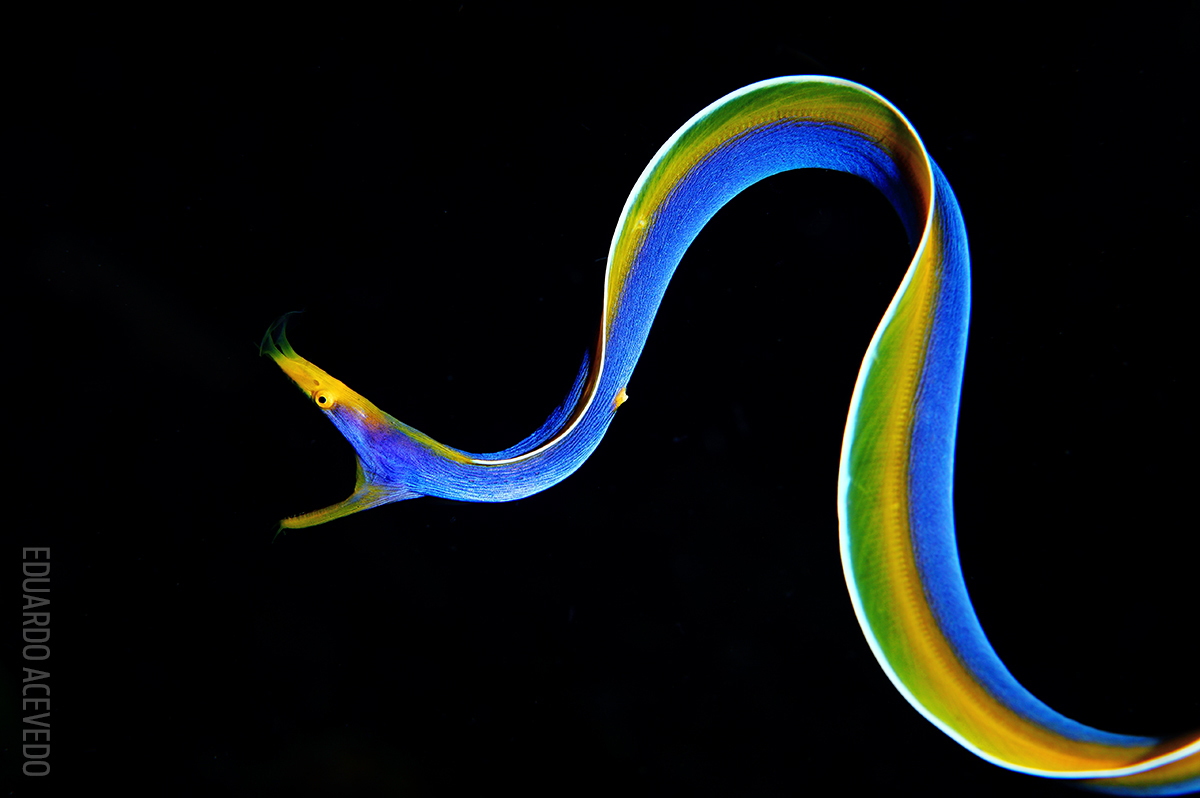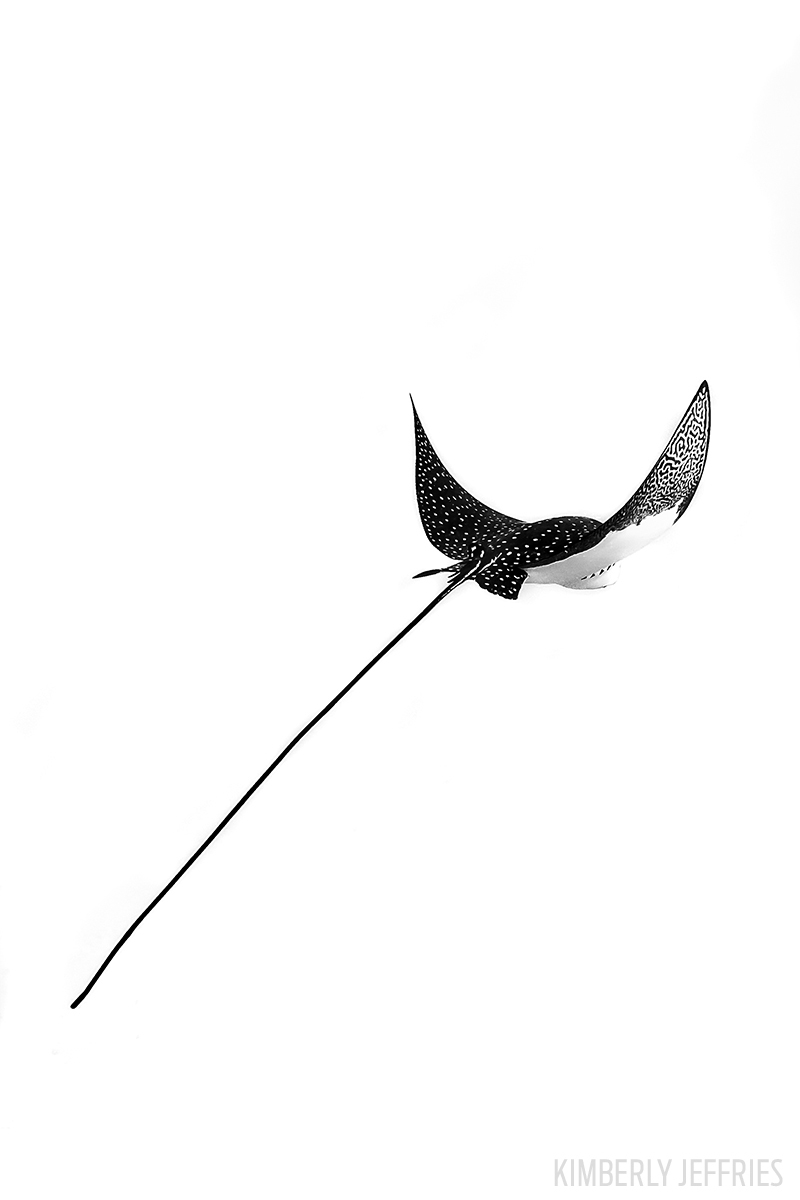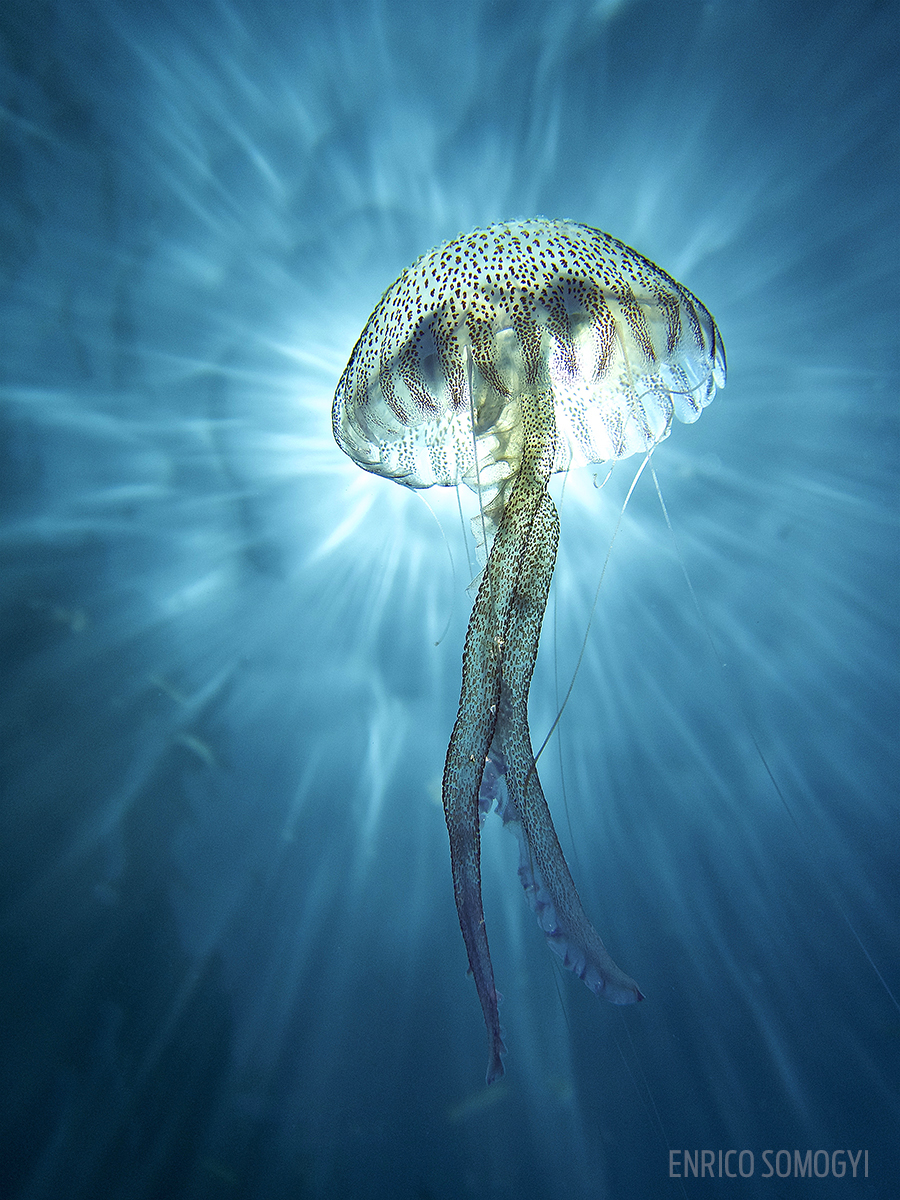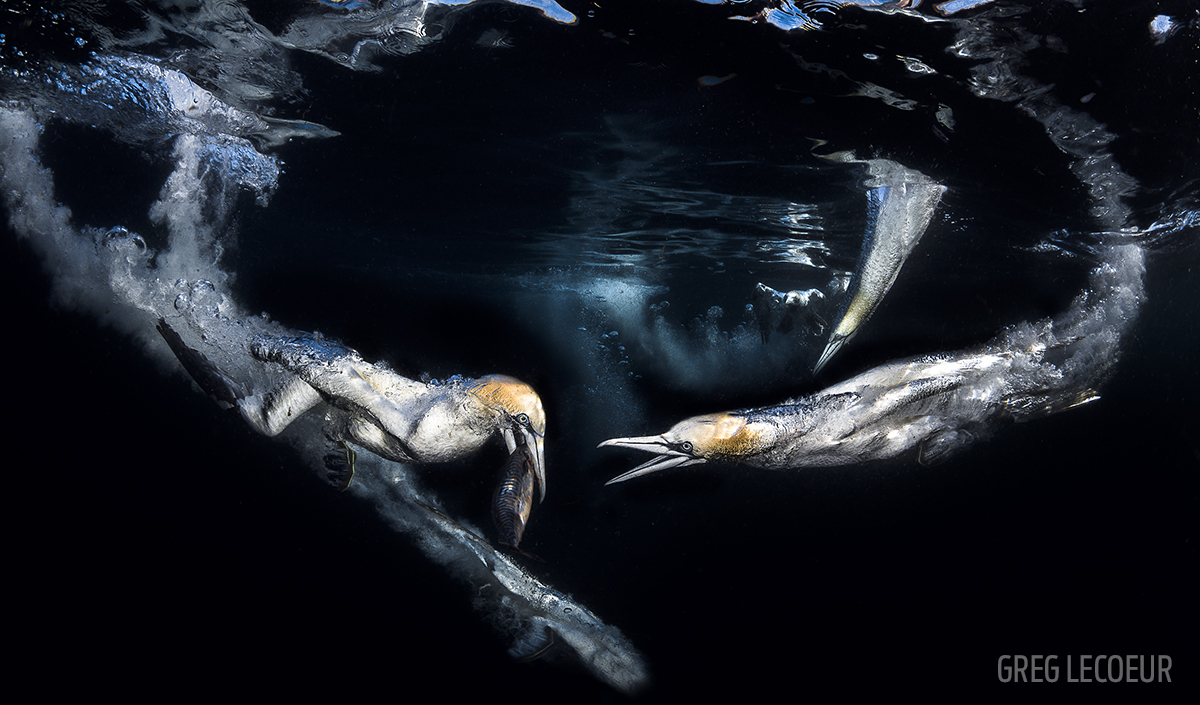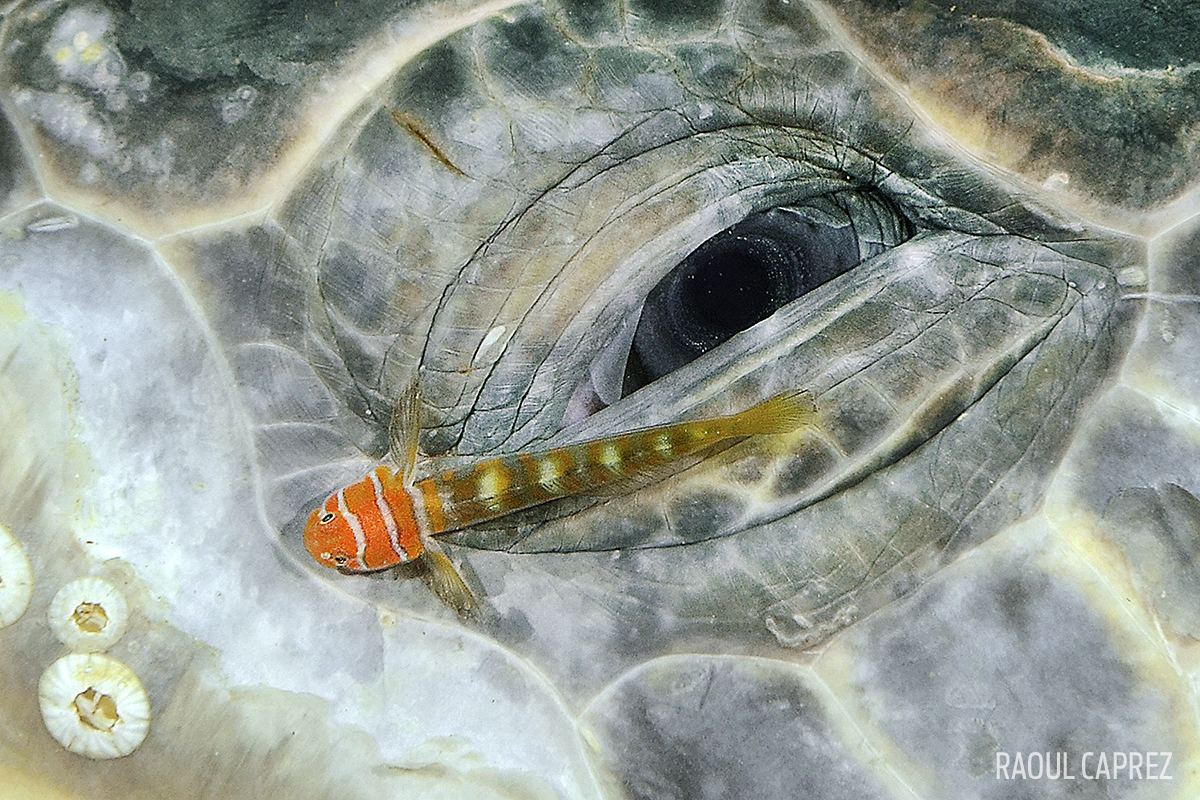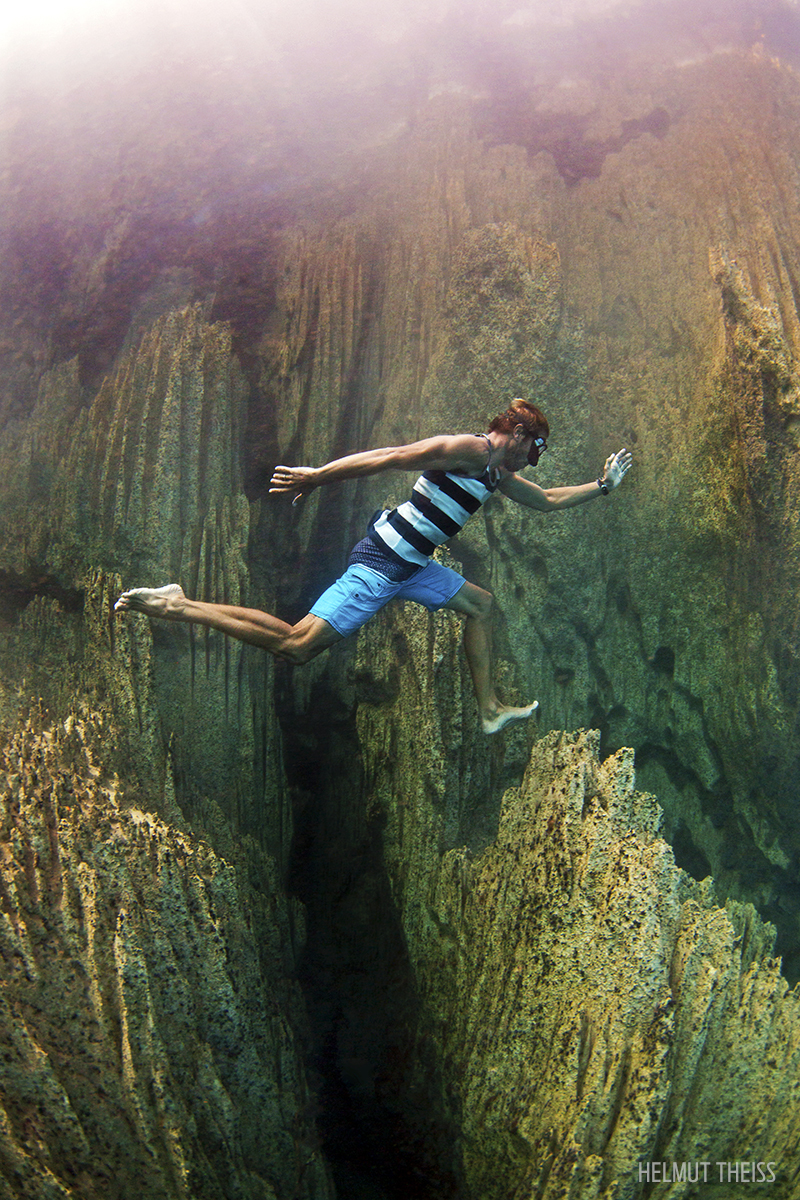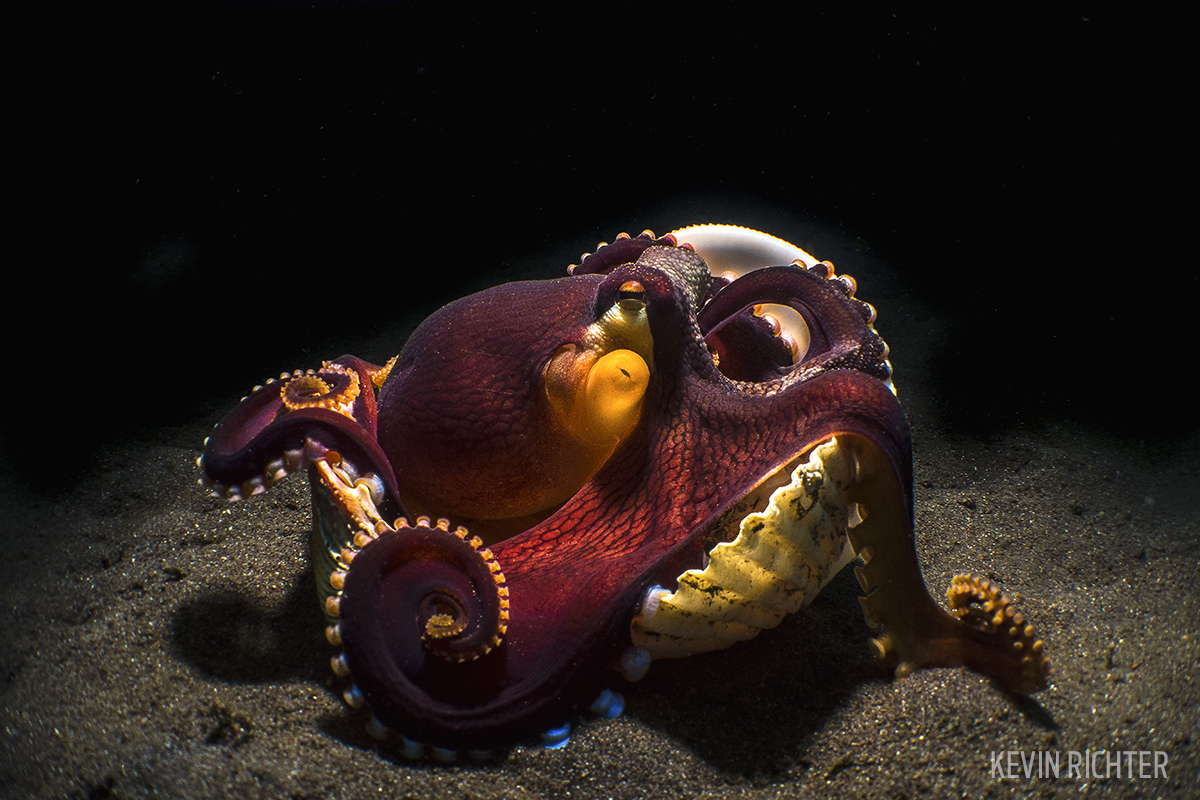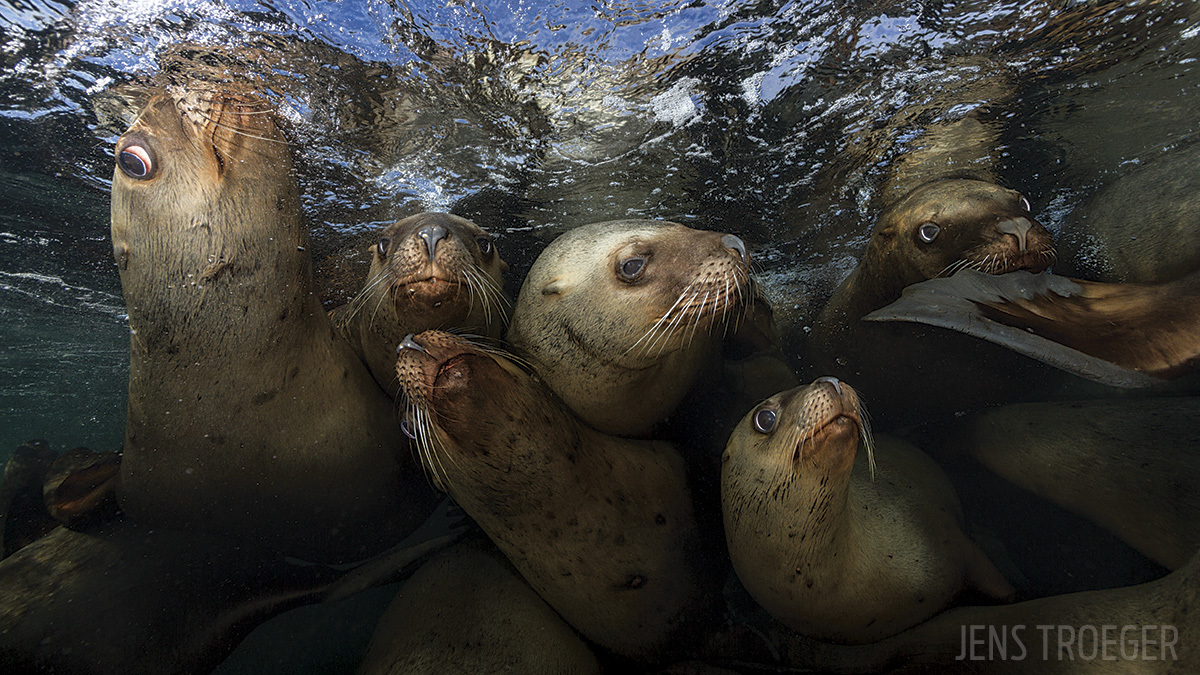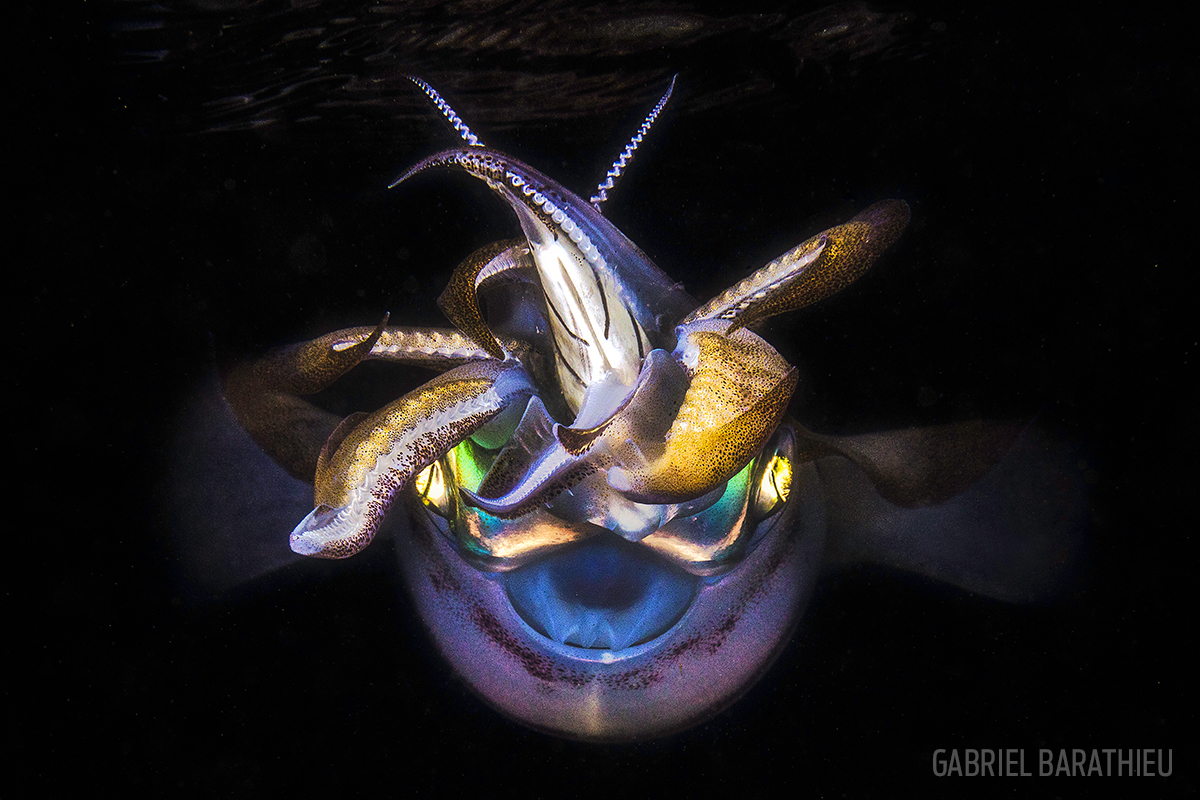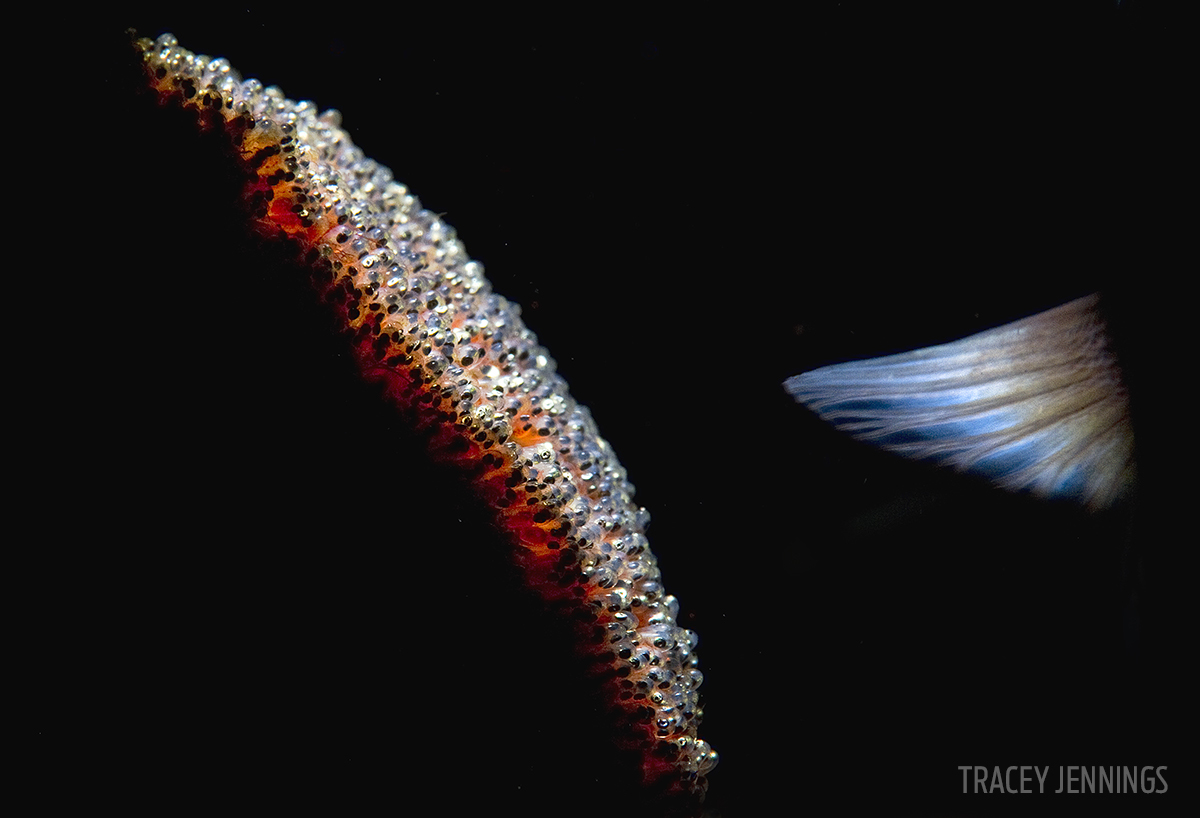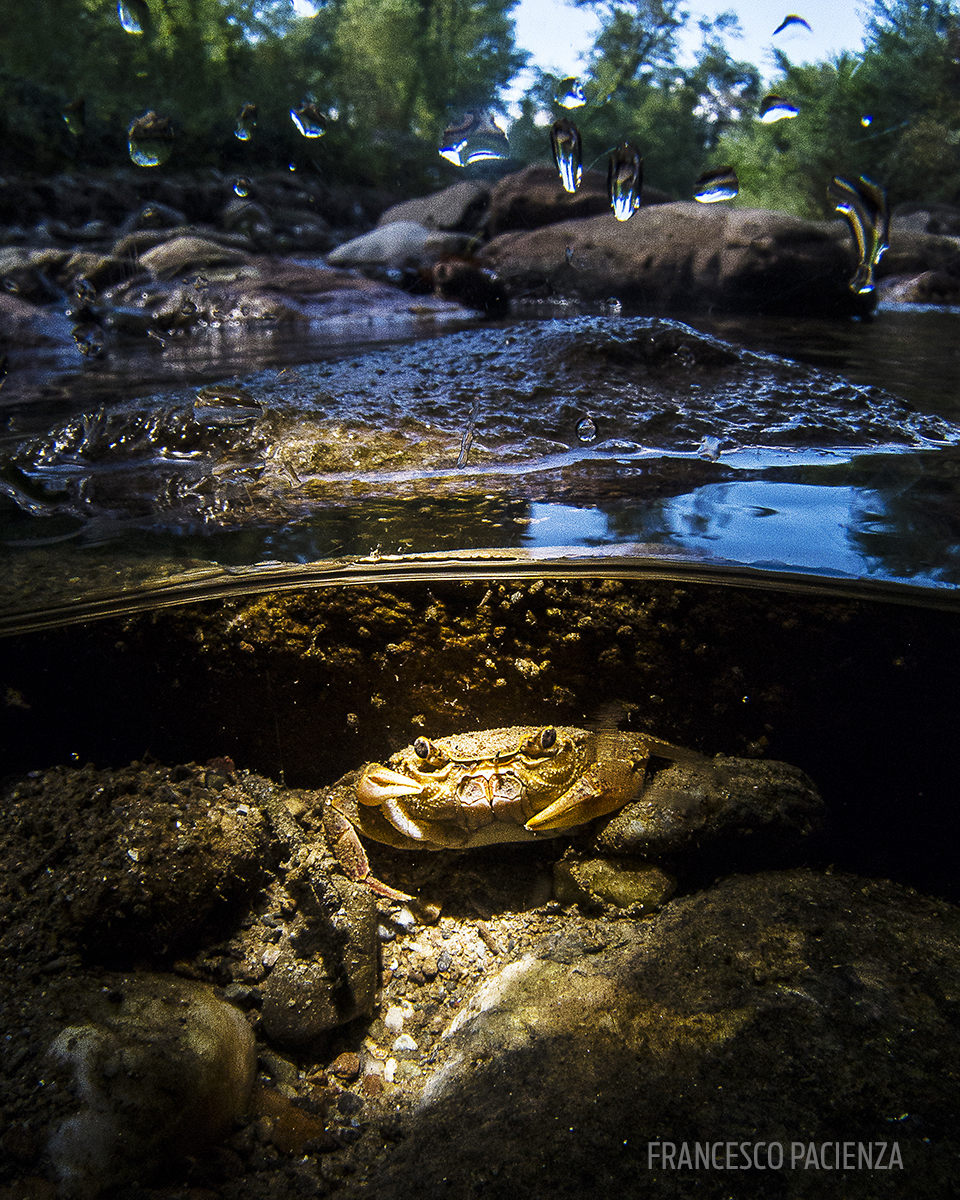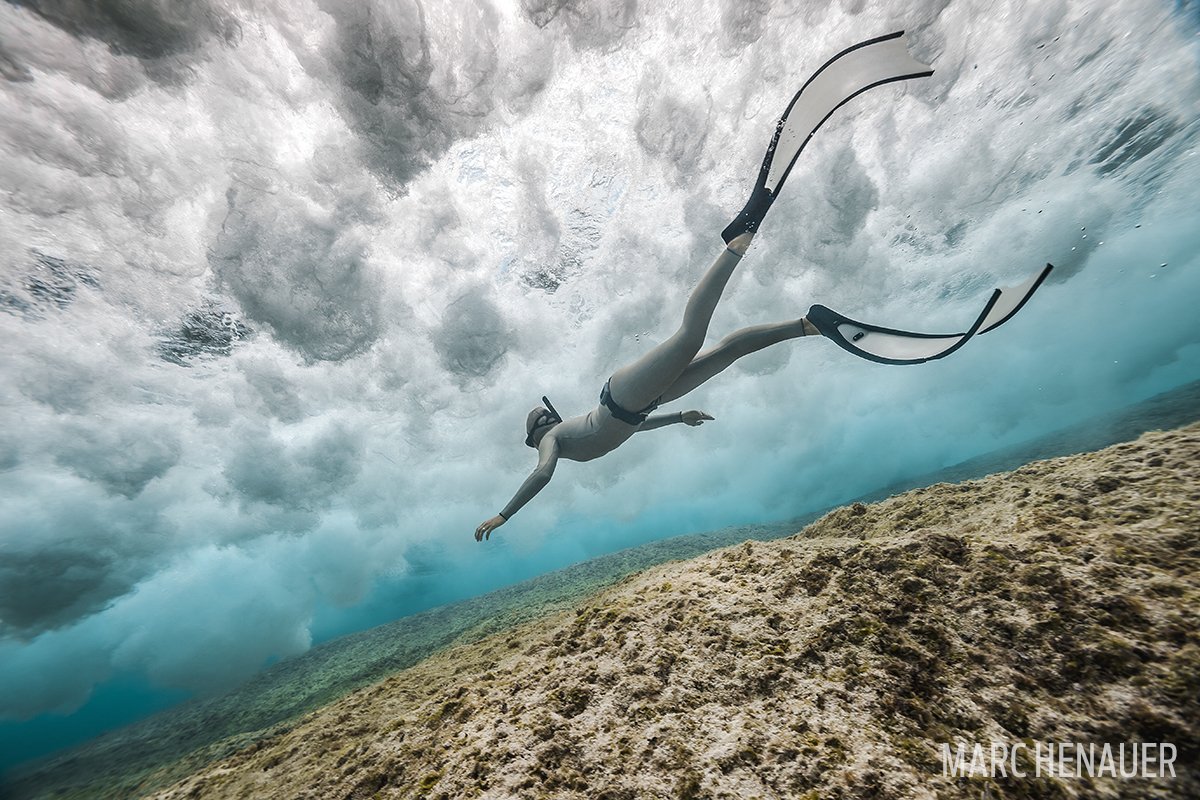
FROM friendly sea lions to feeding squid, the 13th annual Scuba Diving Magazine photo brought in the best of the best in underwater photography from around the globe.
The annual Through Your Lens competition gives the magazine’s readers a platform to showcase their best underwater photography in four categories: wide-angle, conceptual, macro and compact camera.
In its 13th year, the contest drew more than 2,500 jaw-dropping entries from all corners of the world.
The winning images were chosen for their beauty and creativity, and further for their ability to impact and inspire. They capture not just stunning scenes, but also intimate moments — a look into the eye of an old sea turtle, the fluke of whale calf, an anemonefish aerating its eggs — that shed light on the intricacies of our final frontier: the underwater world.
The 2018 Through Your Lens photo contest begins next Sunday (October 15). It’s open until May 31, 2018,and all levels of underwater photographers are encouraged to enter. For a list of categories and official rules, visit scubadiving.com/photocontest
“This photo was taken in Lembeh Strait, the underwater macro world of Indonesia. The normal habitat of this species is the coastal reef and crest, normally in clear water between 3 to 60 meters depth. Usually they remain hidden in their small holes or caves, timidly pulling their heads out side.
“They can show us two kind of color combination , blue-yellow or black-yellow colors. This species has been photographed on many occasions but rarely out of its gap., and this is the reason that makes special this underwater photo”
“It’s typical to see groups of rays around the wrecks and reefs on the island of Oahu, Hawaii. Lately the ocean has seemed a bit more empty. I saw this one alone, off in the blue. Initially my intent was to go the opposite way with the background but I opted to increase exposure and contrast for the final image with the white background. I wanted to really convey how isolated many species have become due to overfishing and bycatch.”
“We came across some jellyfish while snorkeling off the famous Torrent de Pareis beach. The jellyfish were around four to six inches in size, so I put my compact into macro mode and used the internal flash. I tried diving under the jellyfish to get a shot with the subject and the sun together.
“The first attempts didn’t really work, but I noticed the beautiful sunrays in the image. I was determined to get the jellyfish directly in front of the sun for the classic shot. I must have tried about 40 times—going down to around 10 feet, taking a picture and coming back up—before finally getting the composition I was after. The picture was taken in Mallorca Island(Spain) by snorkeling.”
“Into the waters off the island of Noss in Shetland, Scotland I was surrounded by thousand of gannet birds feeding frenzy mackerel fishes. Plunging from between ten and fifteen meters above the water they reach up to one-hundred-kilometres per hour when they hit the surface. To catch their meal, they dive until 15 meters deep.
“I can hear them as they hit the water and then appearing in front of the camera. Regardless of the abundance of prey, competition between gannets is always going occur as when a gannet dives this indicates to the other gannets to dive creating several gannets diving for the same fish. Witnessing this behaviour is something incredible and will remain engraved in my memory.”
“It was a day for macro pictures in Ecuador (pacific coast), I had decided to shoot small animals and I had prepared my whole equipment for macro pictures. Like often, in these occasions, I met a wonderful huge old green turtle covered by shells and resting on the bottom. It was absolutely not afraid by my presence and it let me approach closely without moving. My first reaction was … oh but why did I put a macro lens … And then, I noticed a small cleaner fish turning around the head of the old mama turtle. Sometimes the fish was really close to the eye’s turtle. So I decided to immortalise this moment with a picture.I wanted to have the eye and the cleaner fish on the same picture to add impact to the eye picture.”
“Barefoot freediver in Barracuda Lake, Coron — The idea for the photo came together with my friend Catalin Craciun, also a gifted underwater photographer, Freedive Instructor and at the same time my underwater model. It is pleasant to work together with him because as an photographer he knows exactly what and how to do underwater. The image was taken with Freediving Coron at the famous Barracuda Lake, Palawan, Philippines in a depth of 8 to max 12 meters.
“We wanted to convey a feeling: Freediving…. Freediving is not only about going up and down on a rope … Freediving is about being natural underwater , it’s about exploring the underwater world in the purest way , without any equipment , relying only on your natural abilities .. Freediving is underwater freedom!!
“The challenge was to get a good photo, hover particles made it really difficult so I decided to shoot without strobe using the daylight and Auto Magic Filter (those developed by Dr. Alex Mustard and Peter Rowlands ) It was the first time for me using the filters.
The photo is one of 7 photos of a series recording the whole jump.”
“At the end of a muck dive inside the Lembeh strait I found this incredibly photogenic coconut octopus. It was sitting on the black sand bottom right next to my dive boat at a depth of just 4 metres. What looks like night time was a sunny afternoon dive. My setup and settings allowed me to get the photo exactly the way I wanted. To get close enough to the subject I used as wide-angle wet lens while having a single snooted strobe for lighting from the top. The camera was set for fast shutter speed with smallest aperture.
“You could think the octopus was posing for me motionlessly. In fact I was lucky enough to capture a beautiful moment while it was getting ready for an escape. Five seconds before the shot the octopus was hiding in between its shells. Five seconds later it was already rushing away from me.”
“Diving with the Steller Sea Lions off Hornby Island, BC Canada, is one of my favorite things to do. Here is a pack of them greeting me on a rare sunny morning in January, ready to play.”
“I took this photo during a night hike in the lagoon of Mayotte, a small French island near Madagascar.
I wanted to photograph for a long time a calamr at night. It was only 2 minutes that I was swimming alone in the middle of the night when I came face to face with this squid.
I immediately saw that he had a small fish between his tentacles. It was an obena for me because it did not move.
“I was also able to make some pictures while playing with its surface reflection. A squid of face in full meal .. Good appetite…”
“There are many pictures of anemone fish tending to their eggs, however I wanted to shoot something different. Firstly, I used a Retra LSD to backlit the eggs, and to only highlight a small crescent.
“As the fish came to tend the eggs, I focused instead on the interaction of the fin across the surface using the backlight to full effect. The photograph was taken at Seraya Secrets in Bali, Indonesia. Nemo aerates their eggs.”
“The photo was taken in a small river at two kilometres from my home (The photo was taken in Calabria, in Altomonte)
“This place is my refuge when I need silence and tranquility being surrounded by wild nature.
Walking in the riverbed looking for some interesting subjects to be photographed, I saw a few centimetres below the surface of the water, this little crab that was left to shoot at a very close distance, about two centimetres, with a fisheye lens.
“We often have interesting subjects just a few steps away from us, without having to go very far. The rest tells the picture.”
When a wave breaks on a reef, she becomes a beachcomber. The underwater view offers incredible scenery, such as a thunderstorm. The force of the water pushes you back and forth, which makes you loot the reefs. Long Island in the Bahamas is located on the Tropic of Cancer. Between strong Atlantic ocean and the quiet Caribbean sea, the contrast is outstanding.
The place is a shallow lagoon separated from the ocean by a reef barrier. When we arrived on the spot to make pictures of freediving in the big blue, the sea was unleashed. It seemed very difficult to cross the reef because of the very strong waves. We approached and attempted to pass the other side in immersion. It was impossible because the waves were too strong but we discovered an incredible underwater show. We stayed several hours at this place to realize this image. The great difficulty was the coordination between the wave, the model and the photographer.

Enjoy the convenience of having The Sunday Post delivered as a digital ePaper straight to your smartphone, tablet or computer.
Subscribe for only £5.49 a month and enjoy all the benefits of the printed paper as a digital replica.
Subscribe